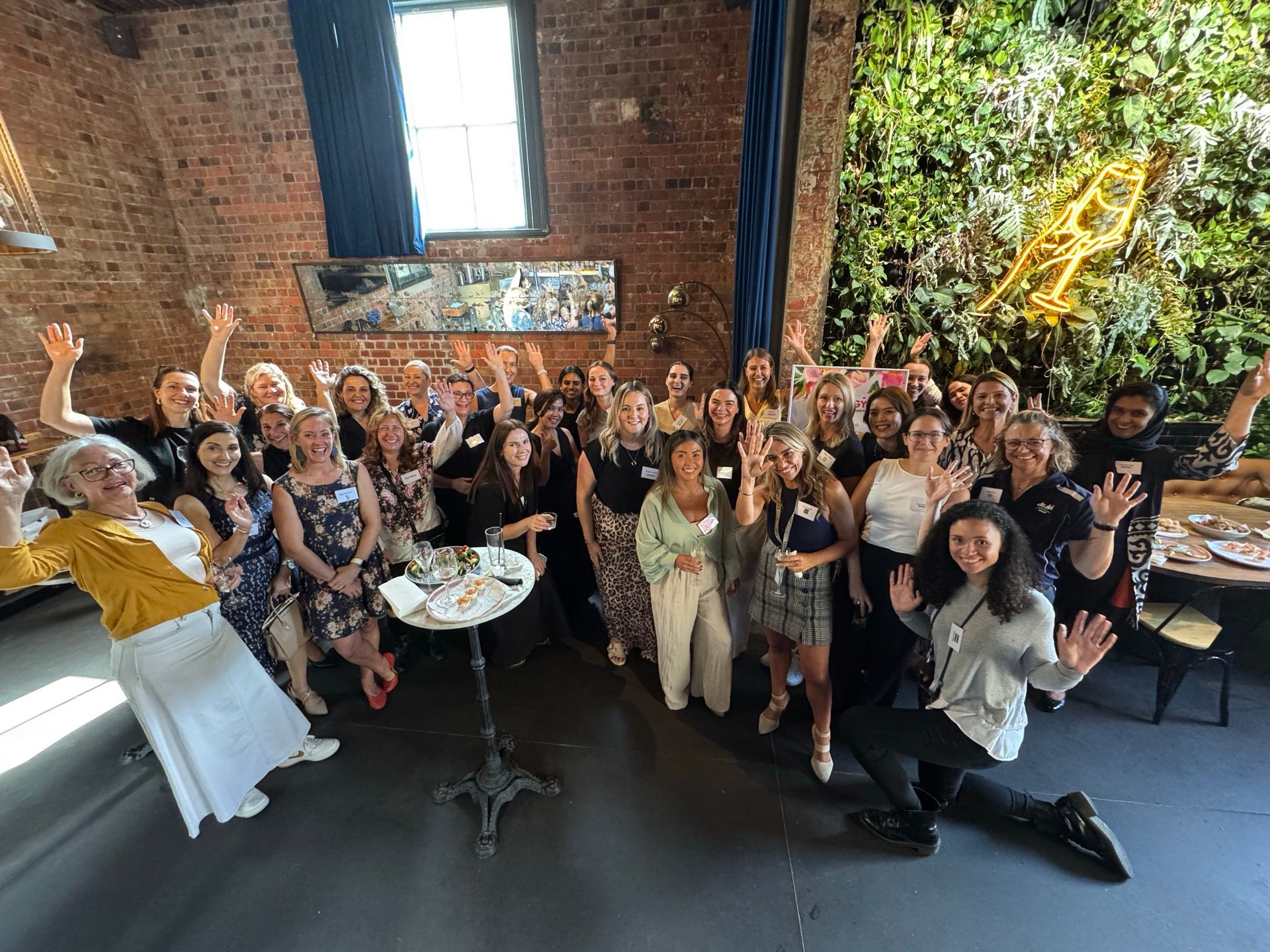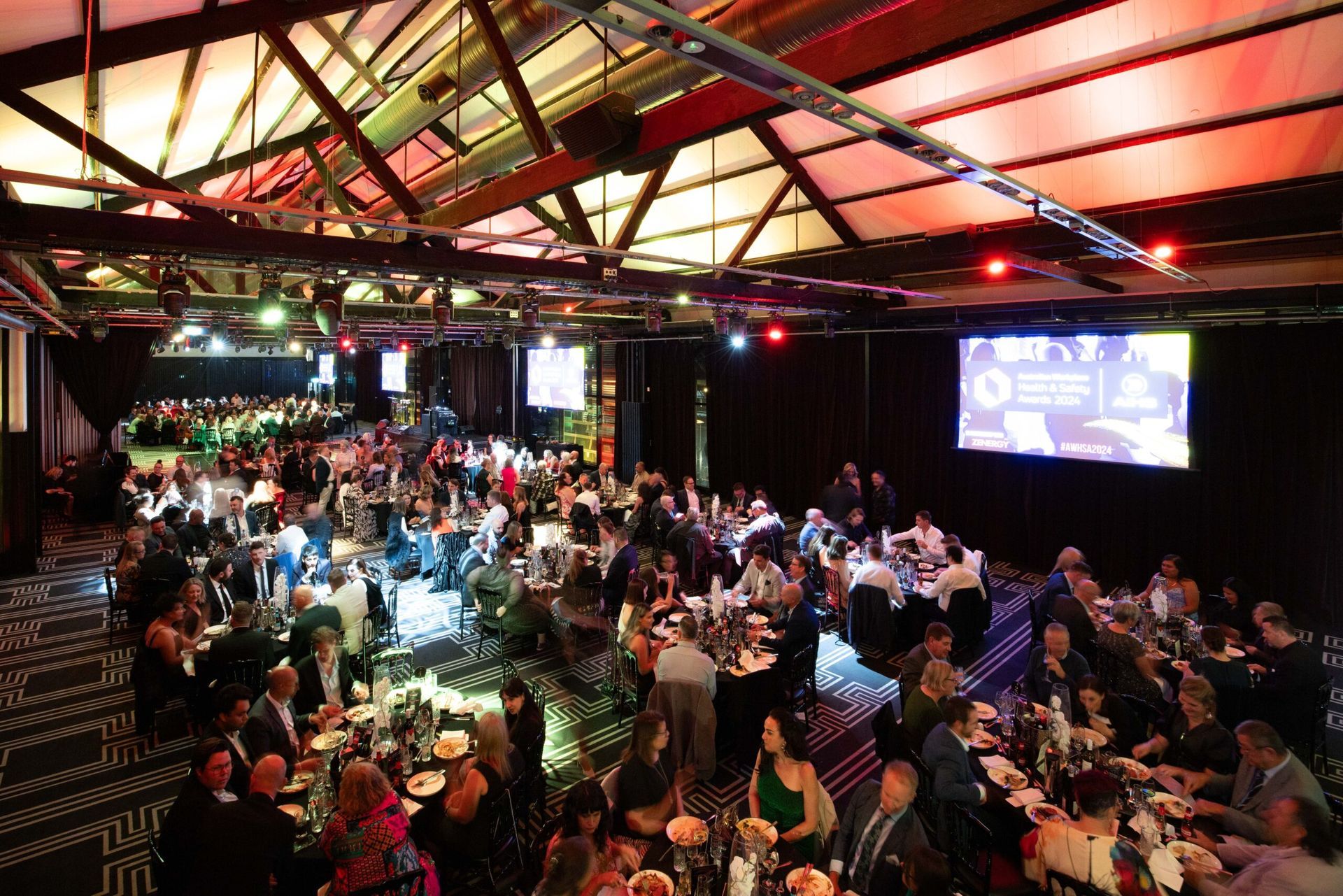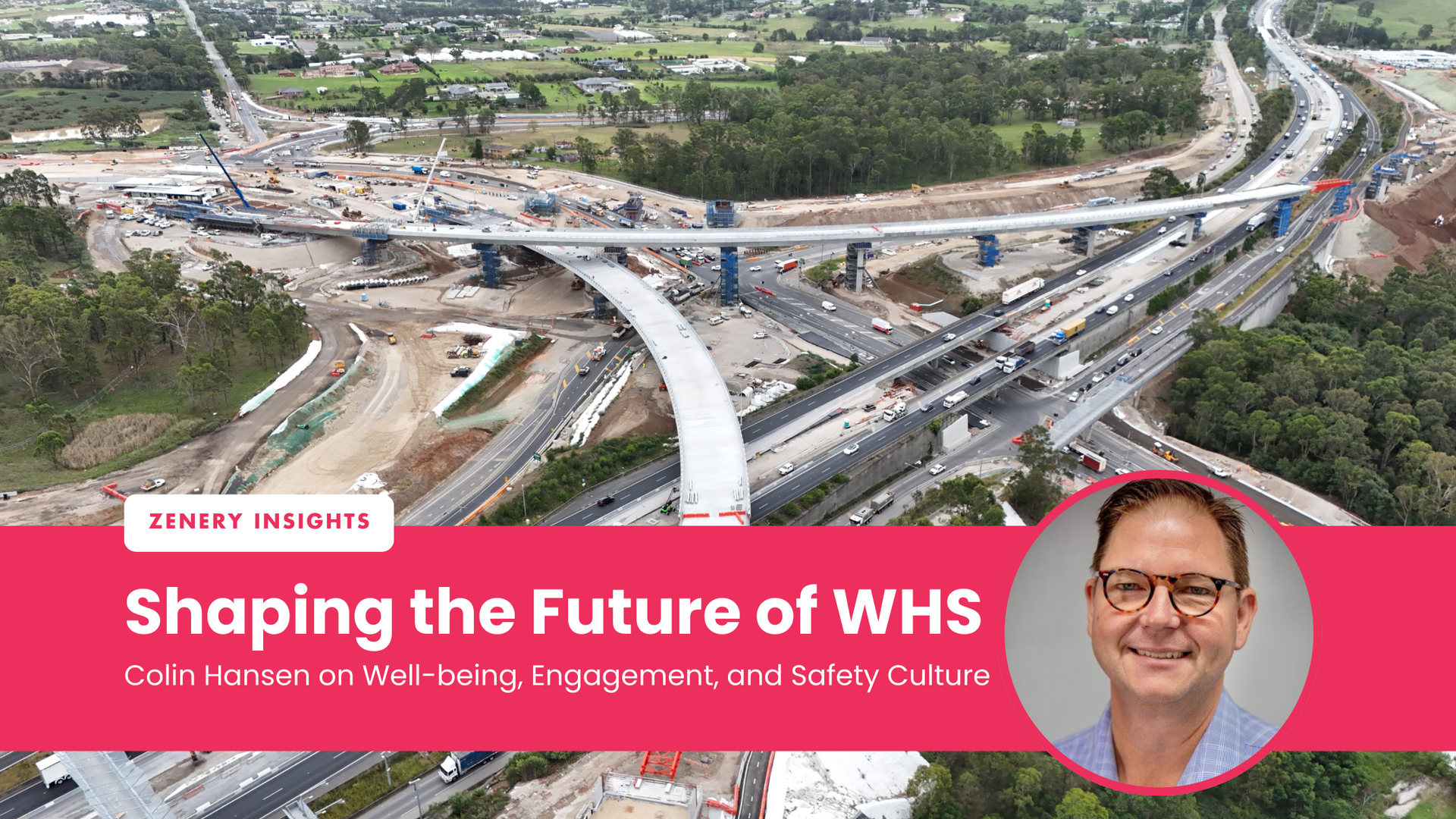What risks do an ageing workforce have for your workplace?
The Australian workforce is ageing. Leaders must adequately understand the risks associated with mature workers and address them appropriately.
The workforce in Australia is ageing and with this maturation there are some distinct workplace risks to consider.
According to the government’s 2015 Intergenerational report, the number of workers over 65 will increase from 12.9 per cent to 17.3 per cent by 2023. In fact, Federal Treasurer Joe Hockey predicts that many Generation X workers, born between 1960 and 1980, will continue working until they are 70.
Of course, some industries are ageing more rapidly than others. Take the transportation industry for example. The Australian Trucking Association reports that the average age of a truck driver is 5.3 years older than other industries.
An ageing workforce presents leaders with a unique set of WHS risks.
What are the risks of an ageing workforce?
The bottom line? The workforce is ageing and leaders need to ensure they have the appropriate risk management strategies in place to keep up with these changes.
While there is no information supporting a drop-off in mental ability before age 70, common medical knowledge does support the fact that older people are more susceptible to workplace injury.
“An ageing worker is more likely to suffer a non-serious workplace injury,” explained Australian Lawyers Alliance National President Andrew Stone in an interview with Sydney Morning Herald. “This is particularly the case in heavy industries, where it will be physically difficult for people to work longer.”
This has a lot to do with how our bodies evolve over time. As we age:
- Our bones become more susceptible to breakage. As we age, bones naturally become more porous – increasing the likelihood we’ll break a bone.This means that when slips and falls do occur there is a much bigger chance there will be a serious injury, according to Claims Management firm Gallagher Bassett (GB). Additionally, when older professionals exert too much energy at work they are more likely to suffer from musculoskeletal stress and pain.
- Our muscle strength begins to decline. With age, muscles begin to lose elasticity and their response time decreases. As a result, injuries become more commonplace and certain physical tasks are no longer safe.
- Our vision begins to wane. Older eyes are much more sensitive to glare and the ability to adjust to different light levels is much slower, explained GB. On top of this, long-sightedness is much more common in people over the age of 40.
- Our hearing decreases. As we get older our capacity to hear certain sounds decreases. High-pitched noises no longer register causing a potential safety risk with alarms.
The benefits of an ageing professional pool
This isn’t to say a more mature workforce is all risk and no reward. There is a whole lot of value in retaining and employing older workers. In fact, a lot of the talk surrounding older workers and their capabilities in the workforce is plagued by myth – especially in terms of mental acuity. According to WorkSafe Australia, older workers have:
- Strong long-term memories.
- An increased capacity for in-depth knowledge
- Lower levels of absenteeism from work
- An enhanced ability to make quick judgement calls based on relevant knowledge
Clearly, you can and should leverage the benefits of employing mature professionals, but how do you ensure your WHS strategies are aligned with ageing risks? There are few key steps all organisations should take to adequately adjust.
Create and enact injury prevention training – Training is a critical tool for any workplace looking to improve WHS standards. However, when it comes to an ageing workforce it is even more critical. You want to teach your older team members how to go about tasks they are used to performing with ease in a safer manner as they age. You should also keep their learning needs in mind when creating your training. Some tips to consider:
- Adapt all written content to accommodate older eyes (big font, clear wording, direct instructions).
- Be repetitive with your most important training takeaways to ensure retention.
- Hold multiple training sessions to reaffirm techniques and clarify any questions.
Adapt work facilities to suit ageing needs – You want to create a workplace that reduces the risk of common age-related issues. Where possible, adjust your facilities to meet the needs of older workers. Whether this means adjusting light fixtures or purchasing machinery to reduce the physical exertion required from team members – create an environment that is conducive to ageing workers’ needs.
The workforce across Australia is ageing and leaders need to be prepared.
Encourage open communication about professional capacity – One of the most important things to ensure a safe work environment for your team is fostering a workplace that is open to honest communication. You want your team to feel comfortable speaking up about what kind of tasks they can and cannot handle. Let your staff know that they can come to you when they feel a workplace responsibility is no longer suitable. This can help dramatically reduce injuries.
The workforce across Australia is ageing and leaders need to be prepared to create and maintain professional environments that reduce the risks associated with this demographic. Doing so will not only demonstrate a commitment to strategic and comprehensive WHS but allow businesses to safely leverage the expertise and experience of a more mature workforce.
Contact Us
Zenergy News







